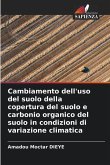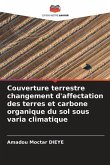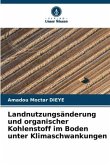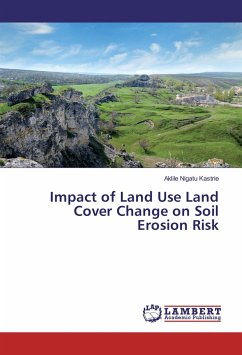Land Cover Land Use (LCLU) change affects land surface processes recognized to influence climate change at local, national and global levels. Soil organic carbon is a key component for the functioning of agro-ecosystems and has a direct effect on the physical, chemical and biological characteristics of the soil. The capacity to model and project LCLU change is of considerable interest for mitigation and adaptation measures in response to climate change. A combination of remote sensing analyses, qualitative social survey techniques, and biogeochemical modeling was used to study the relationships between climate change, LCLU change and soil organic carbon in the semi-arid rural zone of Senegal between 1960 and 2050. For this purpose, four research hypotheses were addressed.This book aims to contribute to an understanding of future land cover land use change in the semi-arid West African Sahel with respect to climate variability and human activities. Its findings may provide insights to enable policy makers at local to national levels to formulate environmentally and economically adapted policy decisions.








